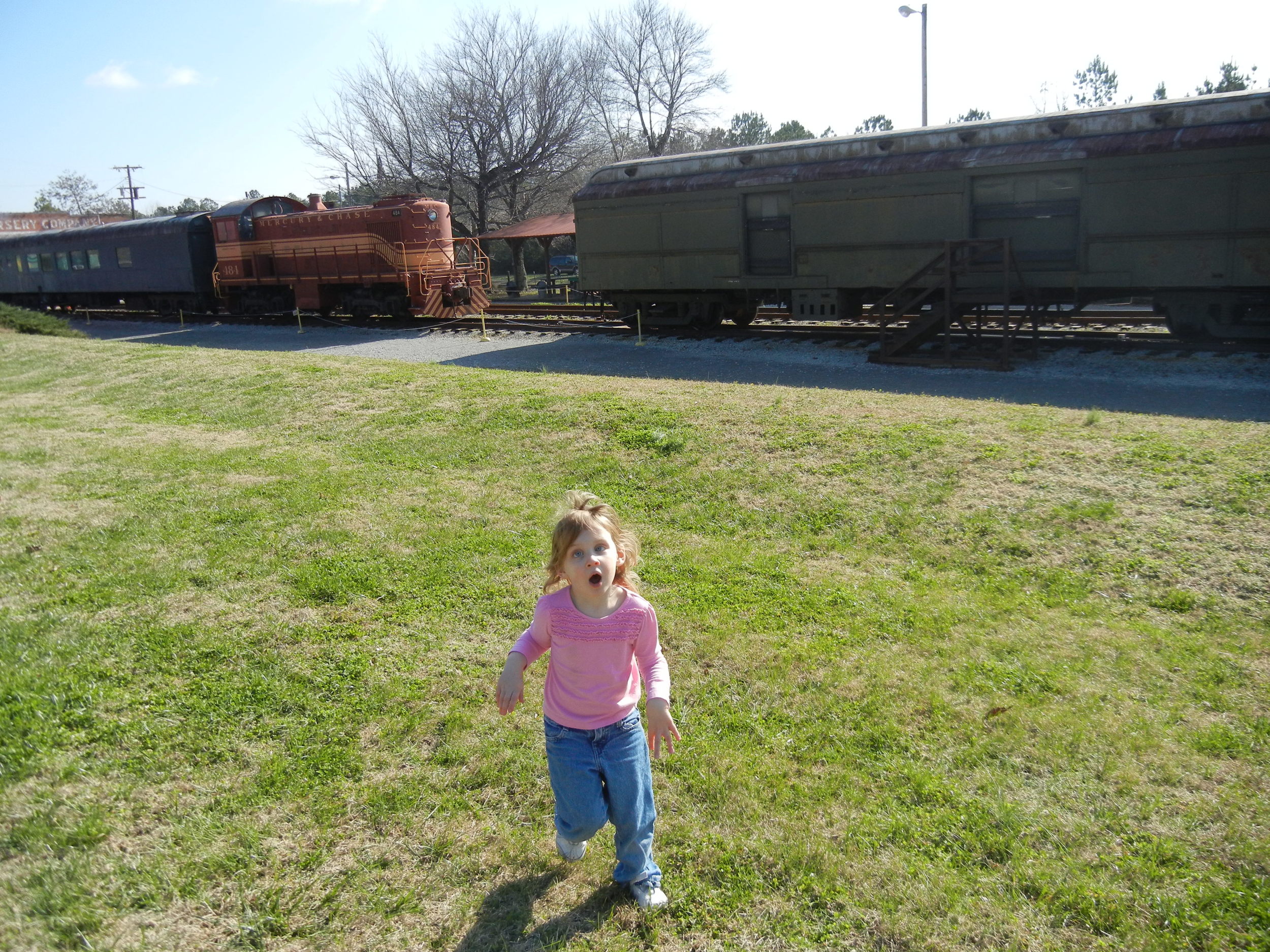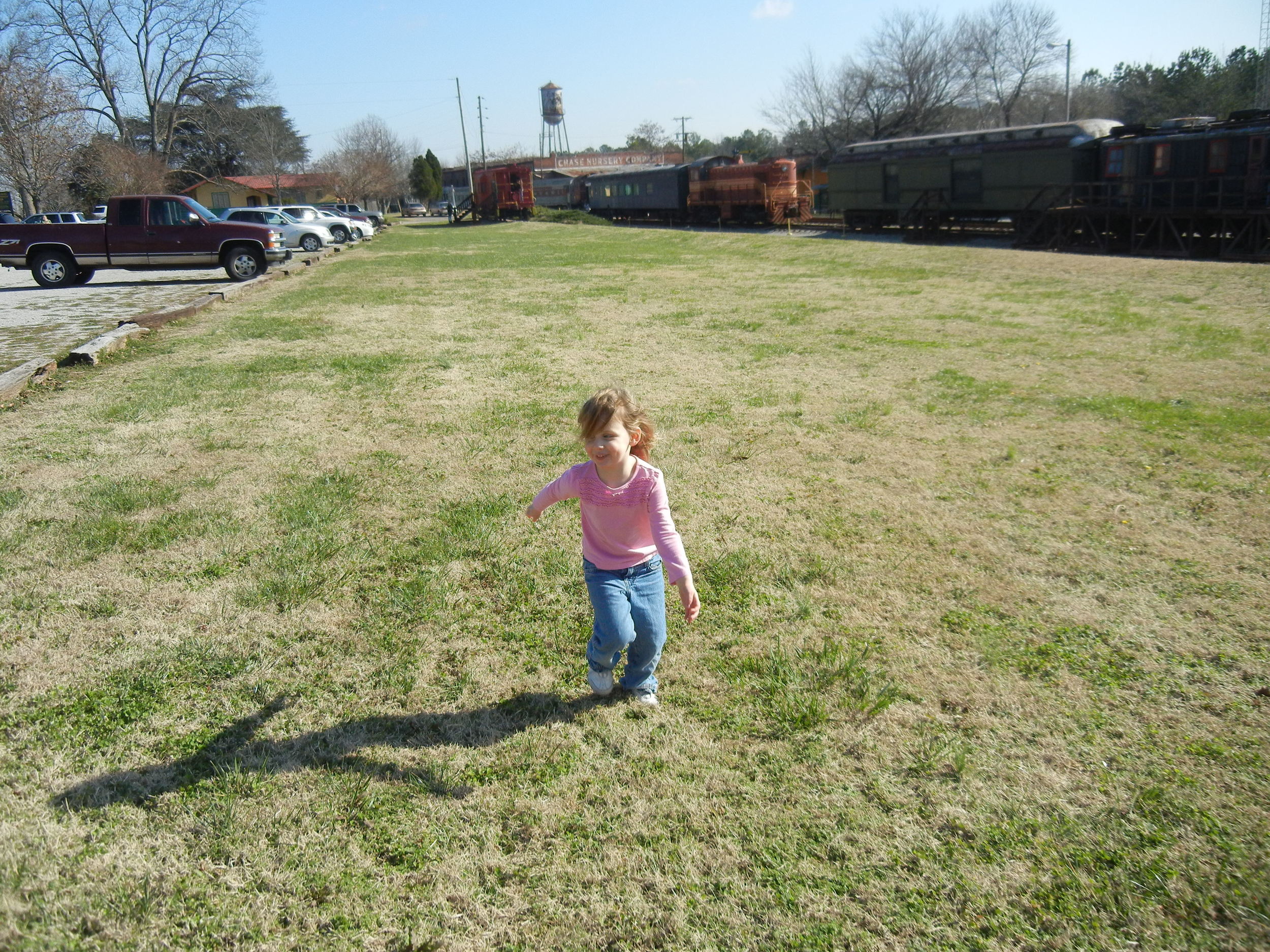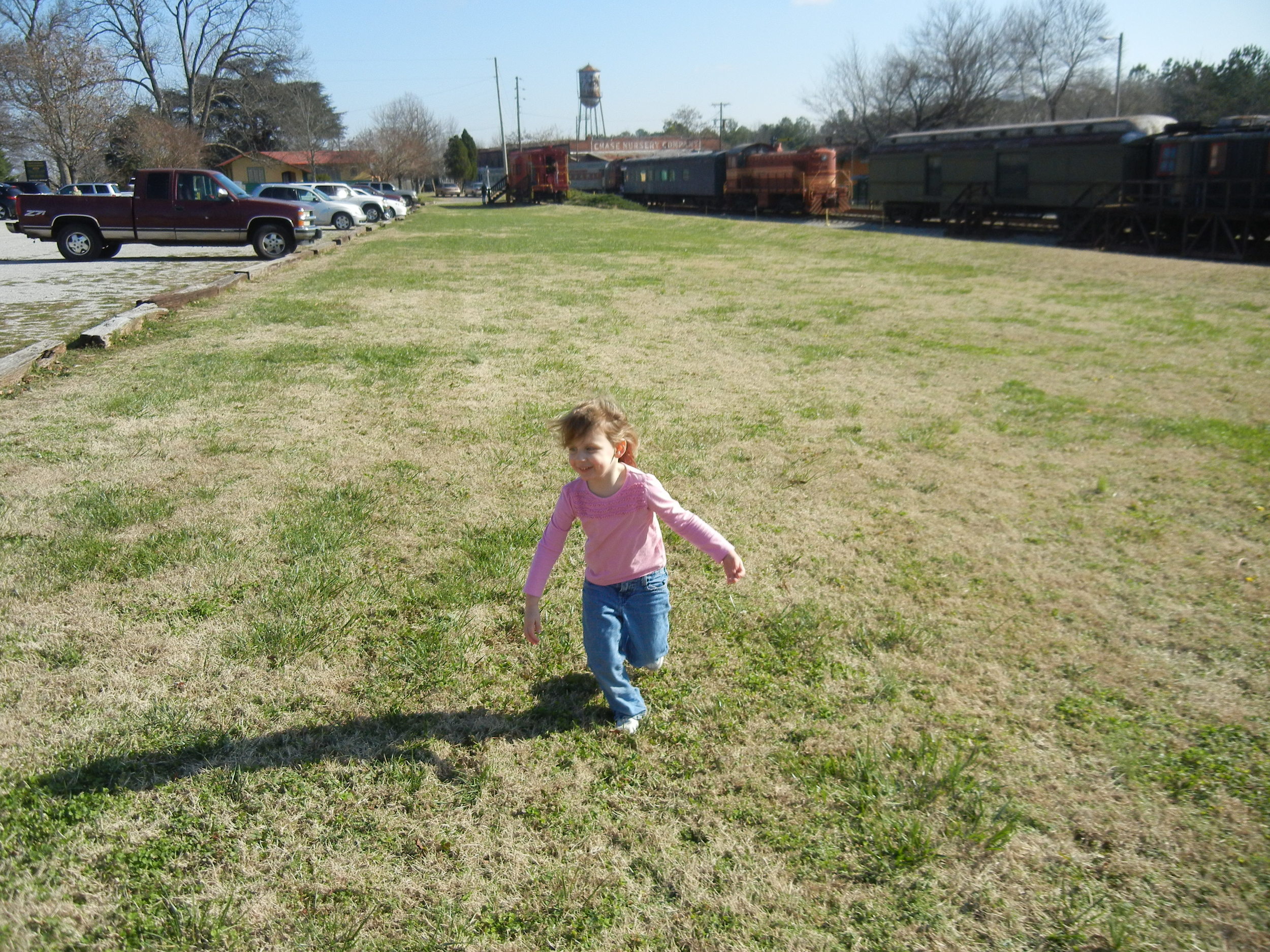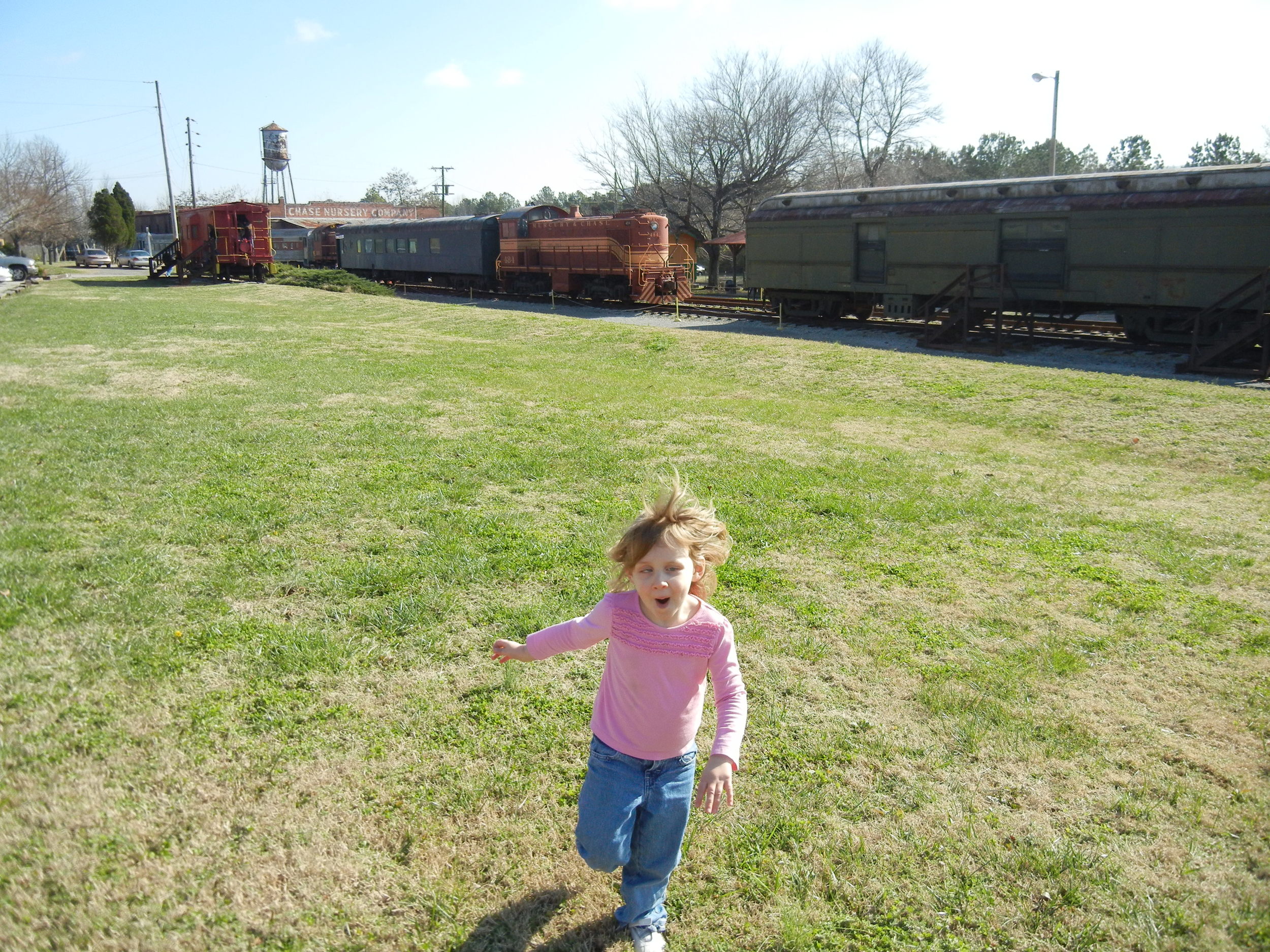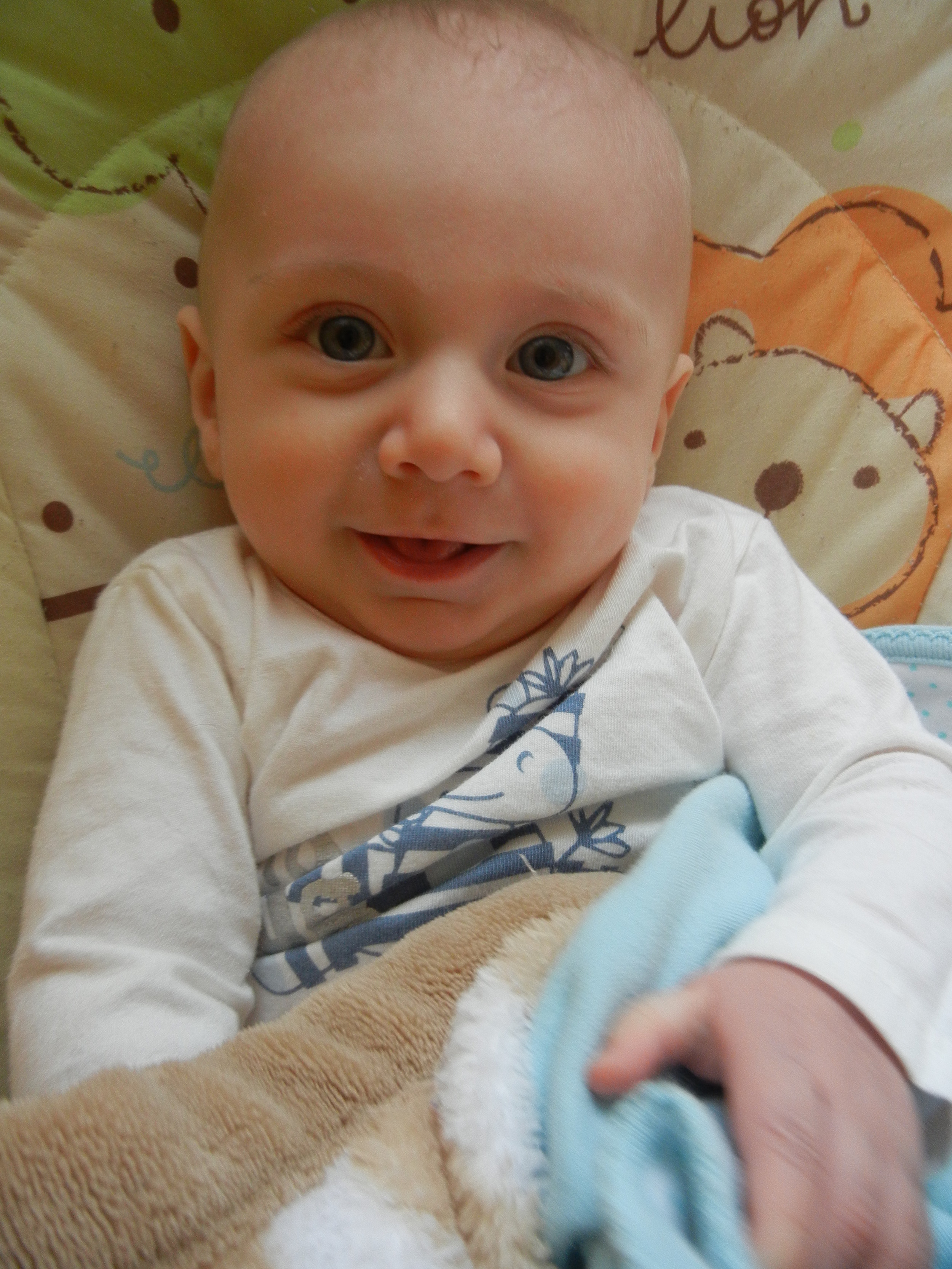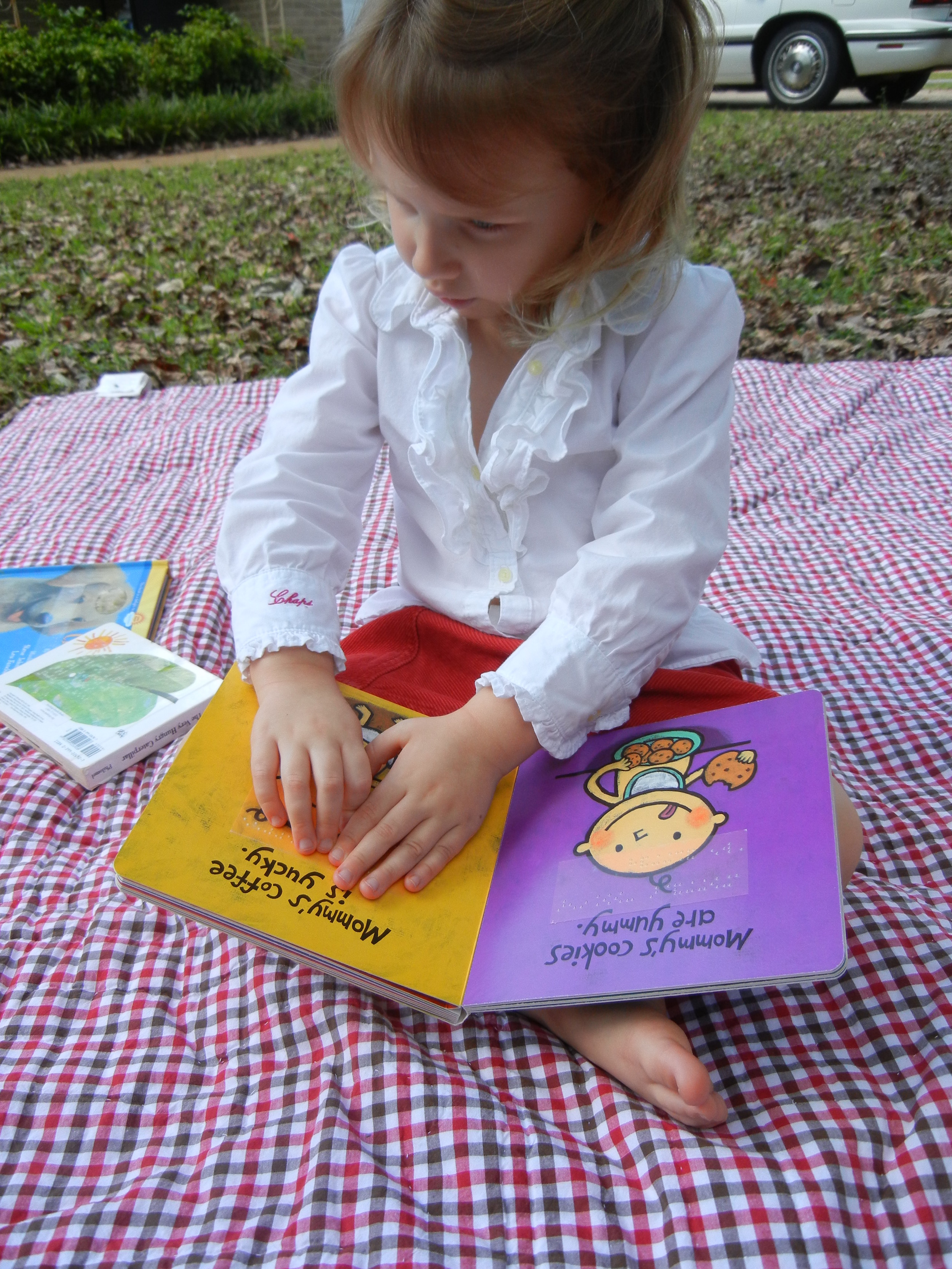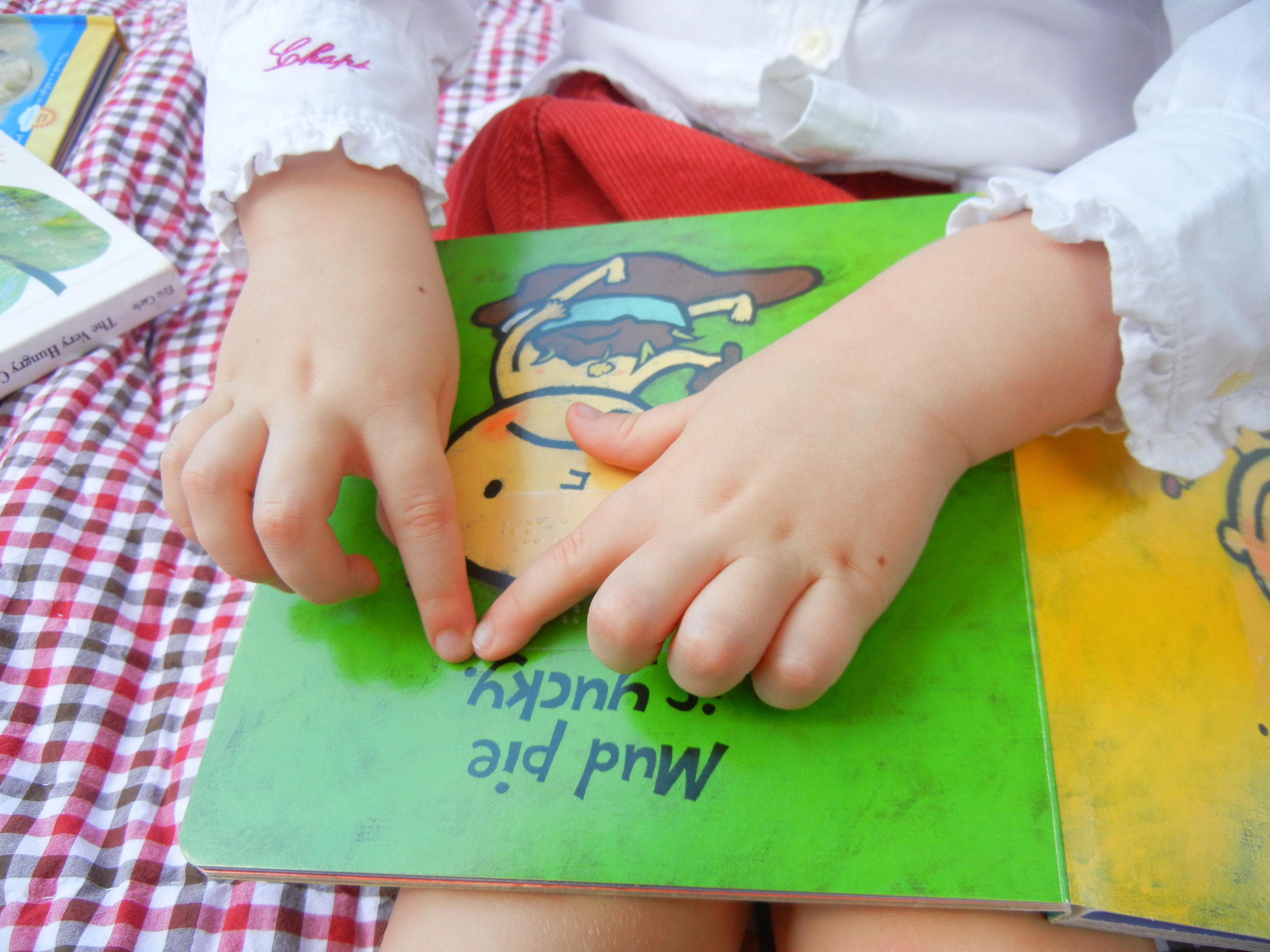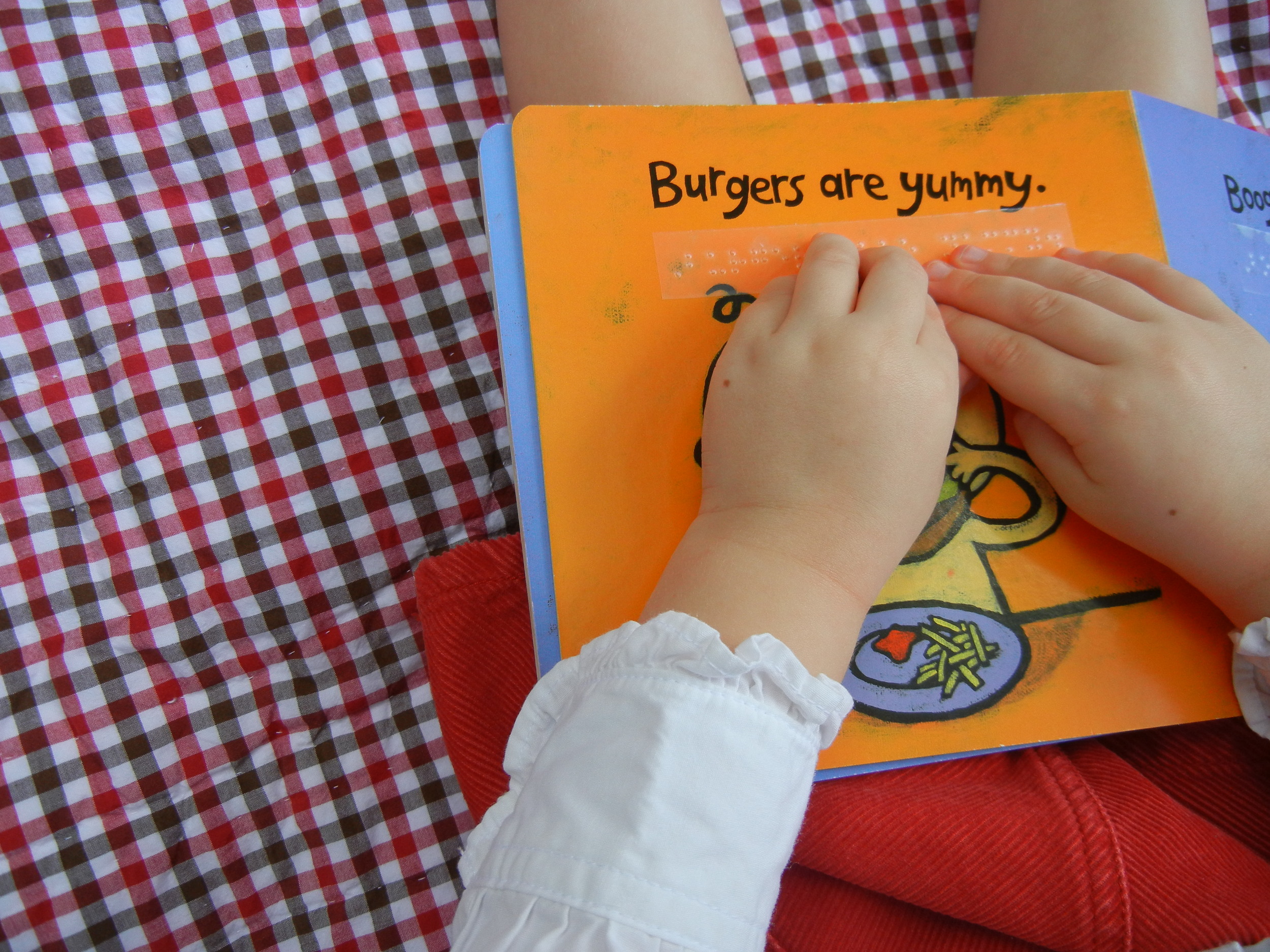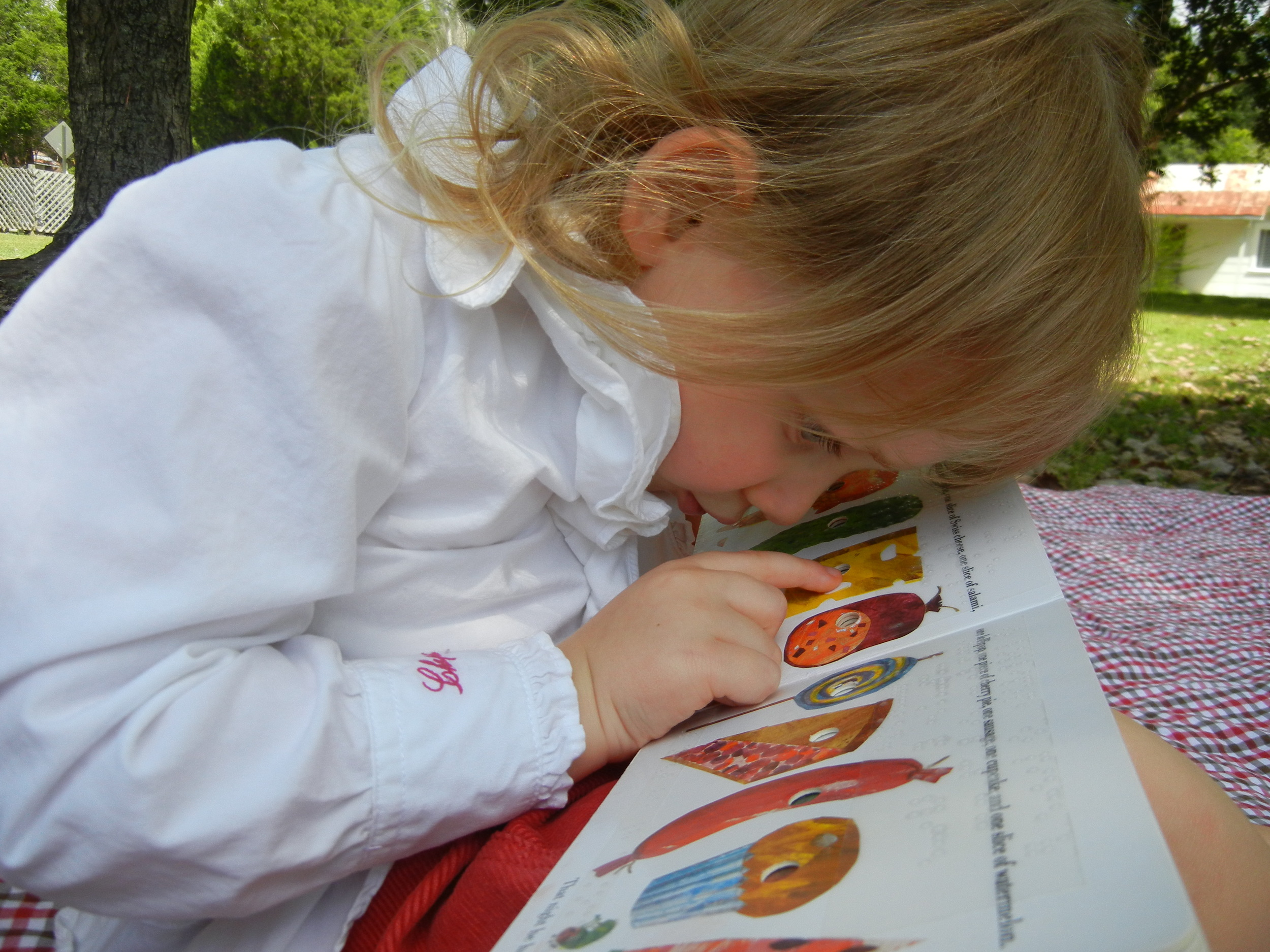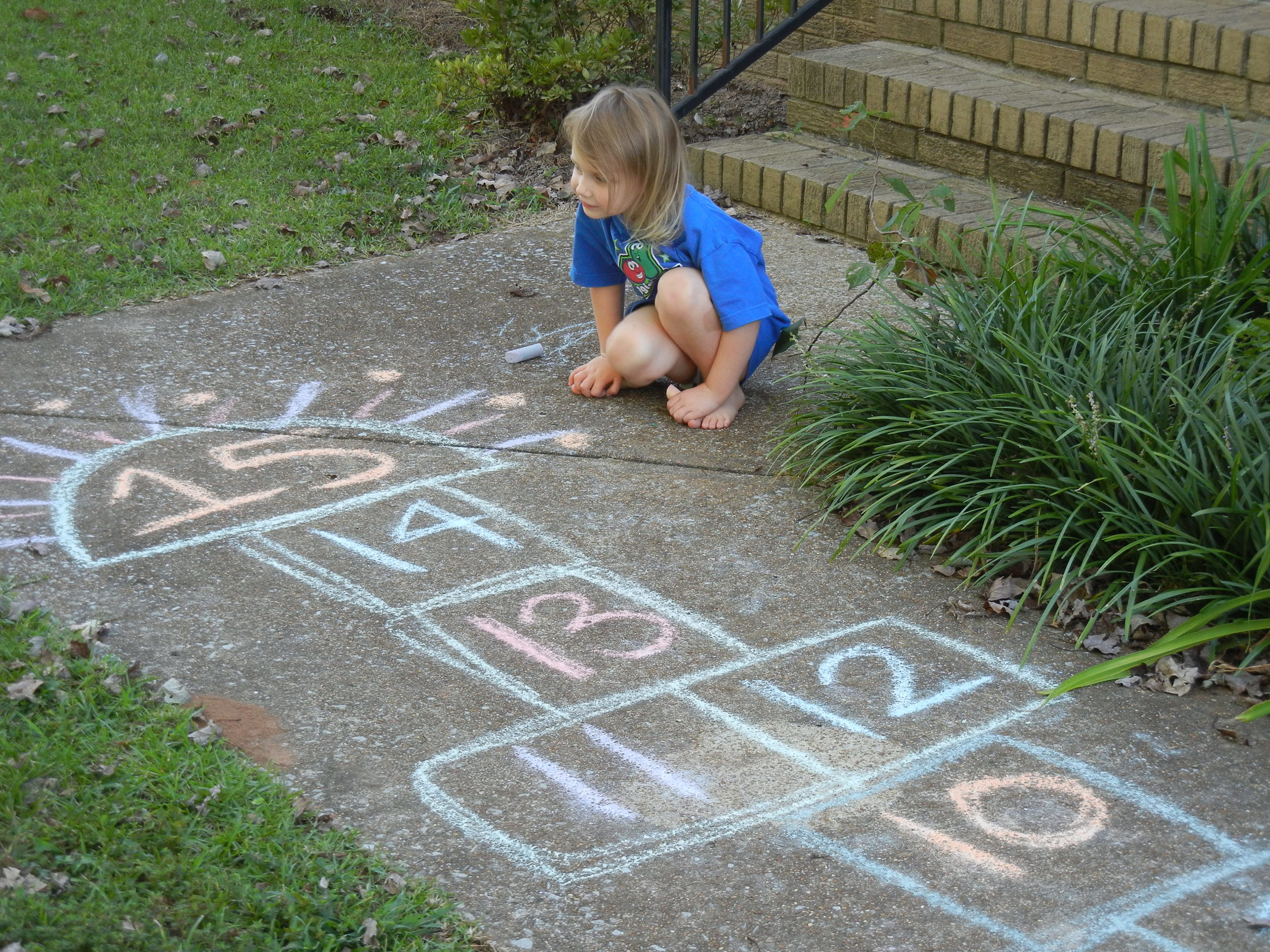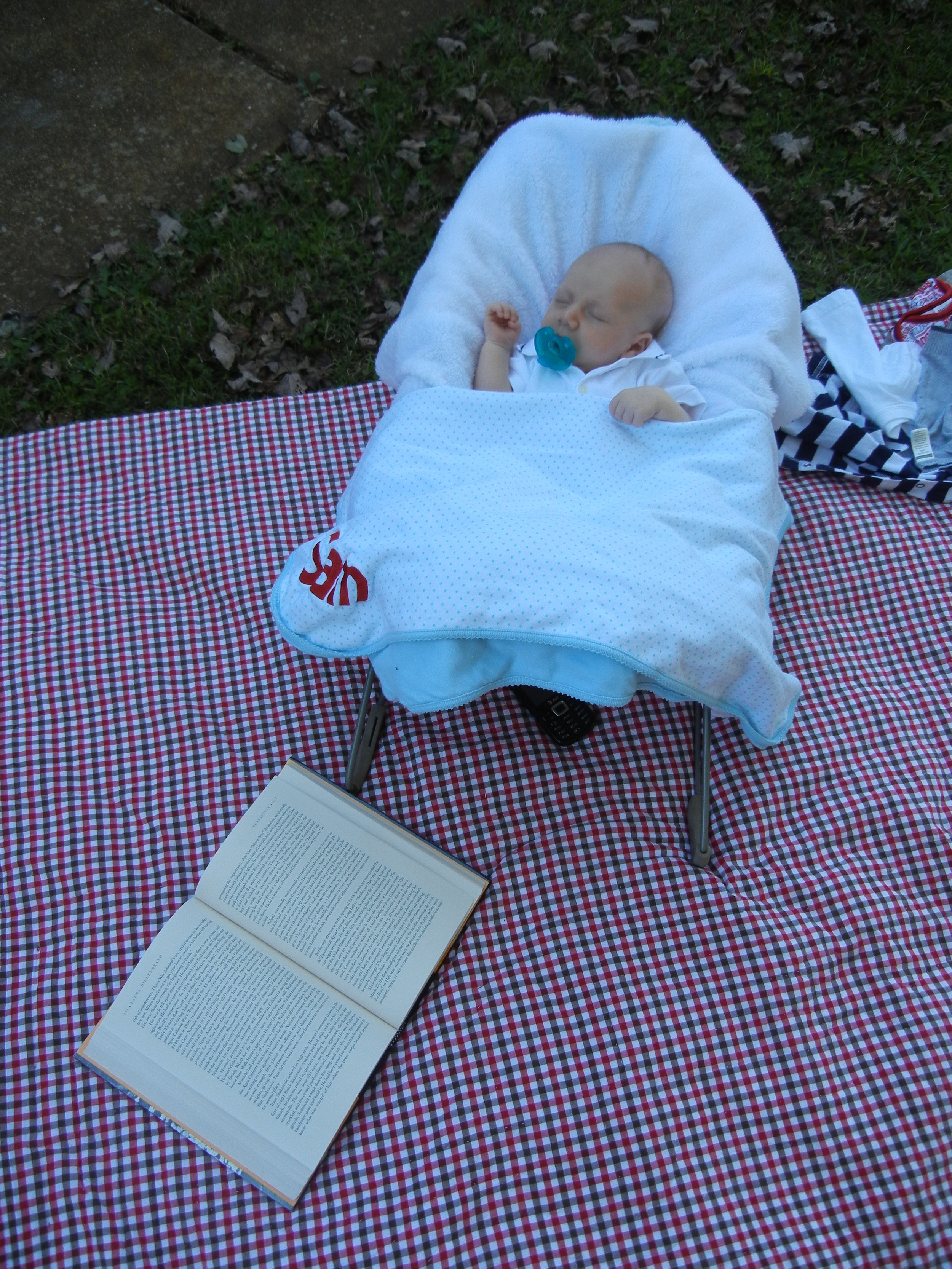A pivotal moment in our decision to move to Georgia was our visit to a school for the blind there. (You can read about our emotional visit to the vision school in Alabama here, and why we feel strongly about vision school here.)
I realize that I've left Madeline's story (here and here) hanging for a while and am committing to write installments more regularly - to be a good steward of the story we're living. It is unusual, emotional, hope-filled, and remarkable. It begs to be told.
Here is today's bit.
________________________
When Madeline was nearly 1, I tried to transition her to a sippy cup. “Tried” being the operative word.
I bought a pack of flowery little girl cups – a pink one and a green one – and Madeline drank water and apple juice out of them immediately. I marveled at her acceptance of the cups and immediately got all superior about my parenting skills.
Talk about counting your chickens before they hatch. Pride cometh before a fall, KATE.
That evening I tried to give Madeline her milk in the pink sippy cup. “Tried” being the operative word.
I placed the cup in Madeline’s hands; she lifted it to her mouth. You’d have thought I’d given her beet juice - no - rotten, boiling beet juice.
She reflexively threw the cup down and then her disproportionally large Disney-princess-eyes welled with tears. She had the same betrayed expression she gets when I take her to get shots at the doctor’s office – “Why would you let them do this to me?” She let out a helpless little moan as if to say, “But I trusted you…why would you give me my milk in a cup?”
Then, as Madeline tends to do, she made up her mind. No milk from a sippy cup. Ever.
As a parenting novice, I was idiotic enough to try to beg/plead/bargain/reason with someone too young to have control of her own bowels. After wasting an hour of my life that I’ll never get back, I switched to Plan B: trick her.
I retrieved the identical green cup from the cabinet and filled it with apple juice. I held her and allowed her to sip out of it for a minute while she CHILLED THE HECK OUT. Then I switched the cups.
My (delusional) rationale was that she needed only to sip it long enough to remember that she loved milk, and once she realized that the sippy cup was the bearer of milk, all would be forgiven.
As soon as I picked up the pink cup she started to whine. Oh, for the love.
I placed Madeline in her high chair and set both cups in front of her. She reached for the green one.
“Gosh, can she smell it?” I wondered. I put the cups behind my back, mixed them up and placed them back on the tray, like an amateur magician hiding a foam ball under one of three cups.
Madeline reached for the green cup again.
I repeated this exercise three or four times, always with the same result. Madeline started to giggle at our game, and I started to cry. I called Debbie immediately, with Madeline still giggling in the background, and said,
“I think Madeline can see color.”
___________________________________
In true Debbie fashion, she said, “Great. Now here’s what you have to do…”
Like everything else in vision-loss world, there is no test - no fancy cup experiment that will tell me if my child can see color. The solution is, maddeningly, the same as every other solution so far: talk. I had to name the color of everything, all day, every day.
“We are putting on your yellow dress.”
“Here is your red drum.”
“We are opening our white refrigerator.”
“I am picking up your purple blanket.”
“That is Mommy’s book. It is black.”
It wasn’t difficult to remember, because I was already narrating the most inconsequential of actions for her, but it was exhausting. I never. stopped. talking. I get tired just thinking about it.
Nothing about learning to see is fast. There is no such thing as instant gratification. You teach every single concept, every single day, and three or four or five years later you get to see what sticks.
A few months later Madeline started naming colors. It was an emotional roller coaster. I spent my days oscillating between euphorically hopeful and completely defeated.
She would name a color correctly and I would soar.
She would name a color incorrectly and I praised her anyway – while I cried.
Any parent of a child with special needs will tell you: that is the absolute hands-down-worst thing. Telling your child “Good job” through tears because she is trying so hard. When my little girl is so eager to please, so happy to tell me what she sees – but she’s wrong. Because she can’t.
Some days I mustered the strength to correct her in hopes that maybe, maybe she’d keep learning. But most days I just whispered, “I love you so much,” and cried.
It's an unfair burden to place on a child: "Mommy is happy when you see and sad when you don't." Madeline is not responsible for my happiness, and what's more, I delight in her whether or not she can see; in that way vision is completely irrelevant. So, I praised her for every effort, only losing control of a handful of tears; the rest I saved for nap time, when I could grieve privately.
Madeline called everything purple for 2 weeks because the word felt so good on her tongue. She giggled when she said it: “Pp-pull.” It was adorable with a small side of mourning.
Then, increasingly, she started getting them right – too right for them to be lucky guesses. After a long (in every sense of the word) six months, it was clear: Madeline could see color.
__________________________
When she was one year old, Madeline taught me to never, ever, ever, ever give up.
Our road is marked with little victories, scattered with alters which I could turn and follow back to the very beginning – remembering every place we stopped by the side of the road to give God glory for His goodness to us.
“This far the Lord has brought us.”
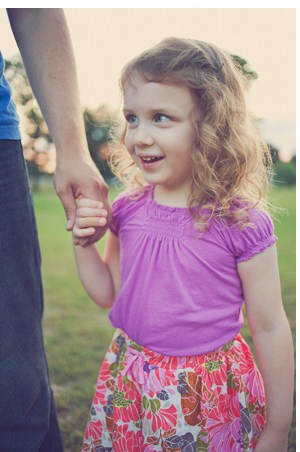
(The next installment will be the story of why we've made the controversial decision not to seek stem cell treatment for Madeline's condition at this time. Stay tuned!)

